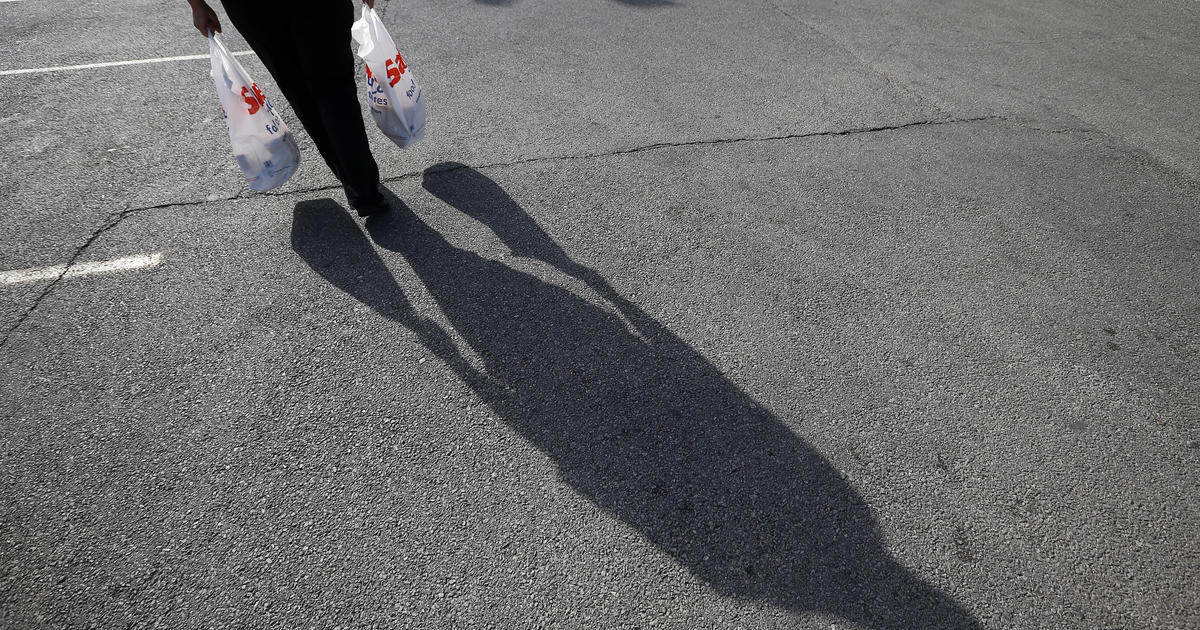/ MoneyWatch
Facts about the food stamp program
- The Trump administration is rolling out tighter work requirement rules for the federal food stamp program that could cut aid for about 688,000 adults.
- The new rule will save about $5.5 billion in spending over five years, the administration calculates.
- Critics say the plan could harm poor adults who are already struggling.
The Trump administration is tightening work requirements for food stamps eligibility for able-bodied adults without children, a move that could push almost 700,000 people from the program while saving $5.5 billion over five years.
The reason for the new rule is to encourage adults between the ages of 18 to 49 to return to work, Department of Agriculture Secretary Sonny Perdue said Wednesday in a conference call with reporters. The food stamp program was meant to provide "assistance through difficult times, not a way of life," he said.
The new rule won't affect children or their parents, disabled Americans or those over age 50, USDA Deputy Under Secretary Brandon Lipps said in the call. It would impact about 2% of the 34.3 million people currently receiving food stamps by changing the way states can grant waivers for work requirements, making it tougher for individuals to qualify for the program.
The Supplemental Nutrition Assistance Program — the formal name for the food stamp program — limits Americans to three months of benefits, unless they're either working or in training for 20 hours a week. States can waive those limits if a region's unemployment rate is 20% above the national rate, which stood at 3.6% in October.
That currently places the waiver threshold at about 4.3%. The new rule will increase that threshold to an unemployment rate of 6%, making it harder for some states to qualify for the waiver.
Only one state, Alaska, now has an unemployment rate higher than 6%. Seven other states have jobless rates ranging from 4.3% to 6%, including Arizona, Kentucky, Louisiana, Mississippi, New Mexico, Washington and West Virginia.
States can also apply for waivers for cities or counties that are experiencing higher-than-normal jobless rates. Every state except Delaware has at times sought a waiver, according to the Center on Budget and Policy Priorities.
Experts who study food policy and the SNAP program said the new rule won't help people who are already struggling, and is likely to place a bigger burden on states and local charities to fill the gap. Although the economy is adding jobs, many of those new positions offer low-wage work and few, if any, benefits. About half of Americans now work in low-paying jobs that pay a median wage of $18,000 per year.
"It doesn't mean they will be any less needy than they will today," said Ellen Vollinger, the legal director at Food Research & Action Center, a nonprofit that focuses on food and hunger issues. "It means the federal government is shifting the burden of this somewhere downstream."
